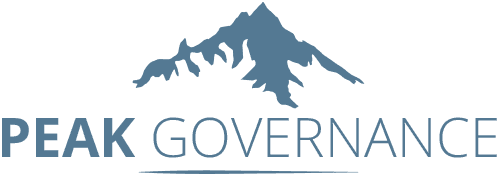The Risks of Using AI
The Risks of Using AI
Artificial intelligence (AI) is transforming industries, boosting efficiencies, and solving complex problems. But with these benefits come risks that require attention. Here’s a closer look at some of the most critical risks associated with AI,
1. Data Privacy and Security Concerns
AI systems rely heavily on data to function, and this data often includes sensitive information. The risk? Improper handling of this data can lead to privacy breaches. Data leaks and cyberattacks are already major concerns, and AI can amplify these risks by making more data accessible—and vulnerable.
2. Bias and Fairness
AI algorithms learn from the data they're fed, and if that data contains biases, the AI will often replicate, or even magnify, those biases. This is particularly concerning in fields like hiring, criminal justice, and lending, where biased algorithms can lead to discrimination. The risk here is that AI, which many perceive as "neutral," can inadvertently reinforce systemic biases, leading to unfair treatment and exclusion of certain groups.
3. Loss of Jobs and Economic Impact
Automation, powered by AI, is taking over tasks traditionally performed by humans, from manufacturing to customer service. While this increases efficiency, it also poses the risk of widespread job displacement. The economic impact could be severe if society isn’t proactive in reskilling workers and creating new roles for displaced individuals.
4. Loss of Human Autonomy and Decision-Making
As AI becomes more integrated into daily life, there’s a risk that human autonomy could erode. For instance, relying heavily on AI for decisions in healthcare, finance, and even personal life could result in people losing control over important choices. The concern is that an over-reliance on AI could make us less capable of independent thought and action.
5. Cybersecurity Threats
AI isn’t just a target for cybersecurity threats—it can also be the source of them. Malicious actors could leverage AI to conduct sophisticated cyberattacks, such as automated phishing campaigns, deepfake videos, or even autonomous hacking tools. These AI-driven attacks are often more challenging to detect and can have widespread, damaging consequences.
6. Lack of Accountability and Transparency
AI models, particularly deep learning models, are often complex and opaque, making it difficult to understand how they make decisions. When an AI makes a critical error—say, a self-driving car misinterpreting a traffic signal—who is responsible? This lack of accountability and transparency can make it difficult to address issues when they arise and creates ethical and legal concerns.
7. Autonomous Weapons and Militarization
One of the most alarming risks is the potential development of AI-driven autonomous weapons. These could make lethal decisions without human intervention, raising ethical issues about the dehumanization of warfare and the potential for escalated conflicts. The fear is that these weapons could operate outside of human control and might even lead to unintended casualties or conflicts.
8. AI Outpacing Human Control
As AI becomes more sophisticated, there’s the potential for it to surpass human control in certain areas. Experts worry about the emergence of “superintelligent” AI that could act in ways beyond human comprehension or oversight. While this scenario remains speculative, it’s a genuine concern among leading AI researchers and philosophers, who argue that if AI outgrows human intelligence, it might prioritize its own goals over ours.
Navigating AI’s Risks Responsibly
The risks of AI don’t mean we should abandon the technology, but they do signal that careful regulation, ethical standards, and ongoing education are essential to safe AI development. Public awareness and proactive policy-making can help ensure that AI is used responsibly, with the right balance of innovation and caution to maximize its benefits while safeguarding society.
#ManageRisk #Sustainability #BusinessGrowth #FutureReady
